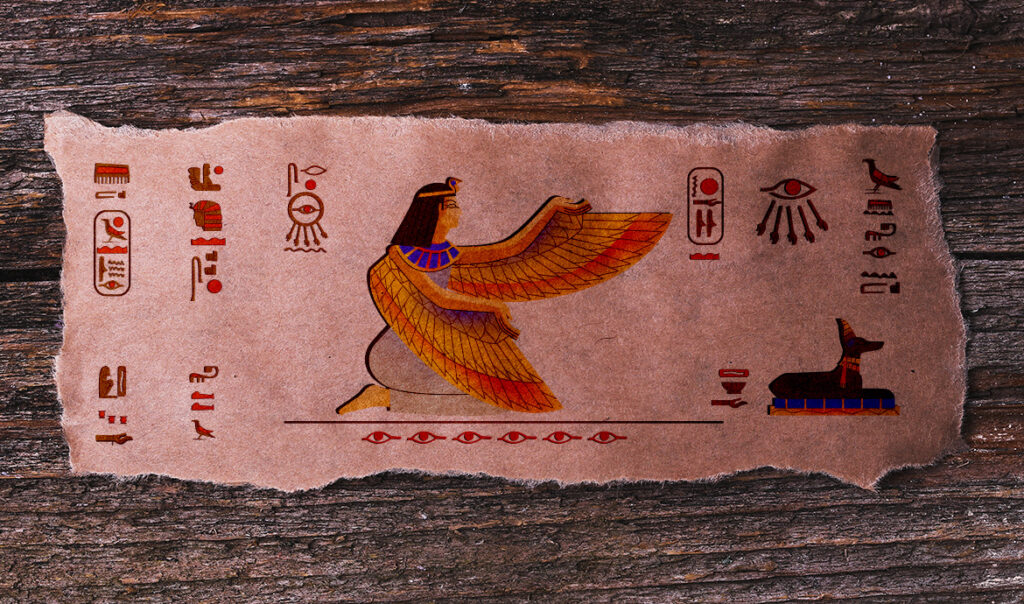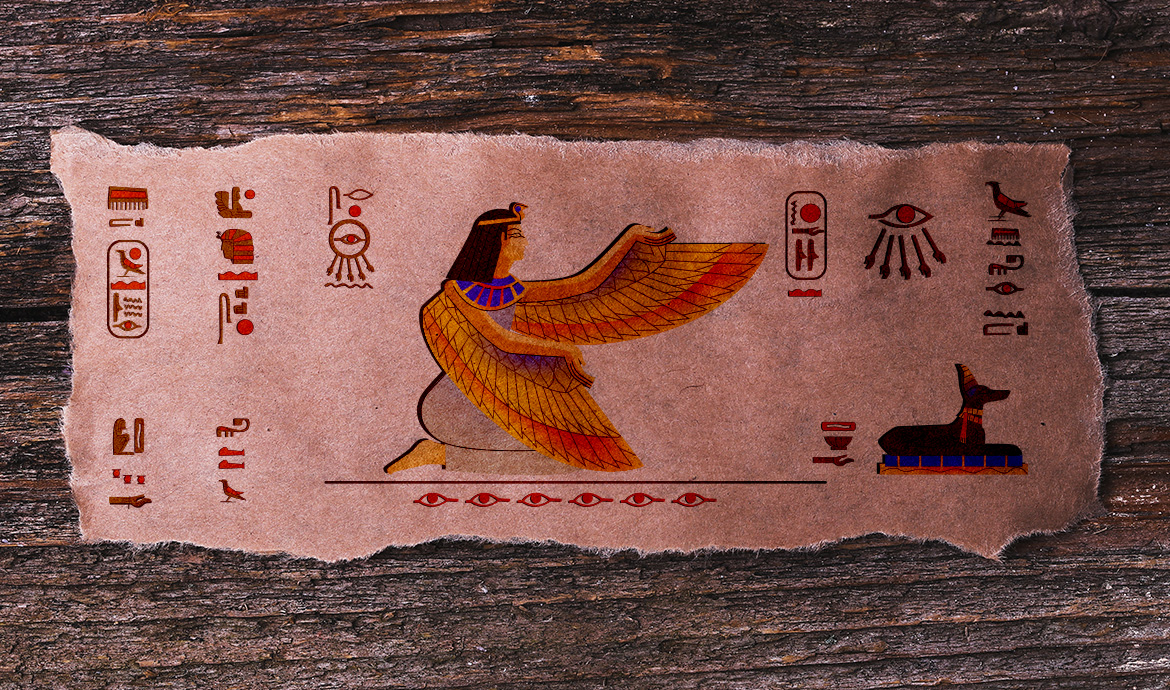
The word “paper” originates from the Ancient Greek word “papyrus,” which refers to the papyrus plant. This particular plant can only be found growing along the banks of rivers and streams in the Middle East, such as the Nile (a river in Africa that flows into the Mediterranean Sea in Egypt). The Babylonians were the first people to use the “paper” made from the papyrus plant; later on, the Egyptians took up the practice (around 3000 B.C.). Papyrus was utilised by the Greeks, Romans, and others for a variety of legal and administrative purposes.
The Beginning
Even though the Egyptians were using papyrus more than four thousand years ago and the Chinese were using parchment made from bamboo for much of their history, the invention of paper as we know it did not occur until the Han Dynasty (206 BCE – 220 CE). For a long time, historians believed that a court official named Cai Lun came up with the idea of combining natural materials like tree bark with fibers extracted from rags and fishnets around 105 CE.
What It Takes
Paper is made from cellulose fibers that have been pounded together in a wet environment, gathered on a screen, and then dried. The only things needed to make paper are cellulose (which can be obtained from a wide variety of plants or recycled textiles), water, and a screen. Because of the ease with which it may be made, the paper has been produced all over the world by a vast variety of cultures and individuals, using a wide range of different raw materials and methods, depending on what is available and what is known at the time.
That being said, the production of high-quality paper is an art in and of itself. Papermaking is most efficient in warmer and drier conditions since the fibers are pounded wet, the papermaker puts his hands in the vat, and the water drips and evaporates off the produced sheets, but the paper may be efficiently made even in sometimes chilly and damp countries, such as Holland, where it began to be made in the late sixteenth century.
Wood Pulp and Modernism in Papermaking
In the 1830s, this breakthrough was complemented with another significant development: the substitution of wood pulp for pulped rags. In this scenario, newspapers and book production would both switch to using wood pulp instead of more expensive alternatives (it remains the norm for modern mass-market paperbacks). As mentioned up top, paper is everywhere, and it’s easy to envisage the revolutionary impact that cheap paper could and did have on industrialised countries, turning a once-huge technological breakthrough into a mundane but no less important part of modern life.
Naturally, the quality of both mass-produced and handcrafted paper has increased over the decades. To create a paper that is both visually appealing and durable enough for high-quality book printing, modern papermaking techniques have been applied to time-honored processes.


